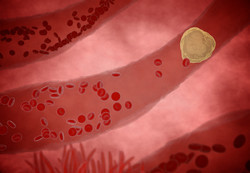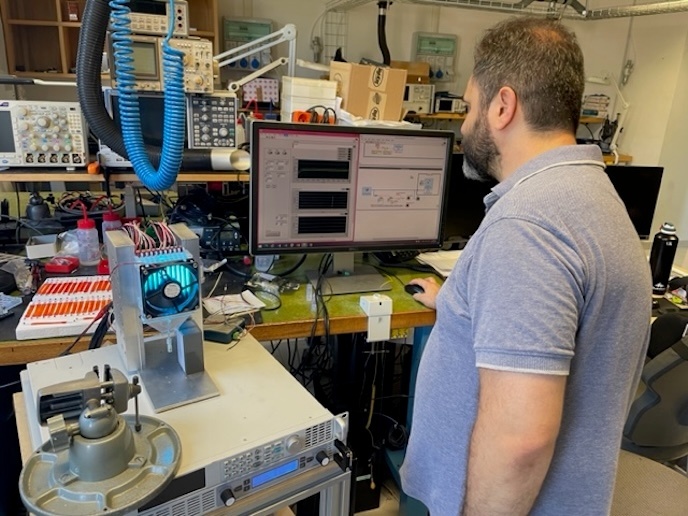Materials transport across damaged artery walls
The EU-funded LDLTRAPPING (Identifying causes of lipoprotein trapping in arteries) project has developed novel processes and algorithms to characterise water transport in the medial layer of the arterial wall. They also determined how the pressure pulse deforms the artery to reorganise the microstructure and cause local straining of the tissue. Researchers bathed arterial tissue in a solution of fluorescent protein tracer and fixed the proteins in the structure by injection with formaldehyde. After embedding using epoxy resin, a laser scanning confocal microscope scans the structure. From the confocal images, the researchers can derive the permeability to measure how easily water flows through the structure together with the direction. They found that transport is naturally reduced at the internal side of the wall. Permeability of the wall varied with alignment and density of smooth muscle cells. LDLTRAPPING measured the deformation of the wall and its effects at different pressures including the normal range of systolic measurements. Readings were taken in the radial, circumferential and axial directions of the changes in permeability for these pressures. Transport across the medial layer varies according to how much the tissue is strained. Measurements can also elucidate how drugs may be delivered most efficiently to diseased areas of the wall. A model has been developed that indicates how deformation of the wall induces differing levels of water transport. Taking advantage of spatial variations in arterial wall transport has major implications for drug delivery and developing new targets. Moreover, abnormal protein transport during the initiation of atherosclerosis can also be identified and predicted that could be the key to early detection of disease onset.







